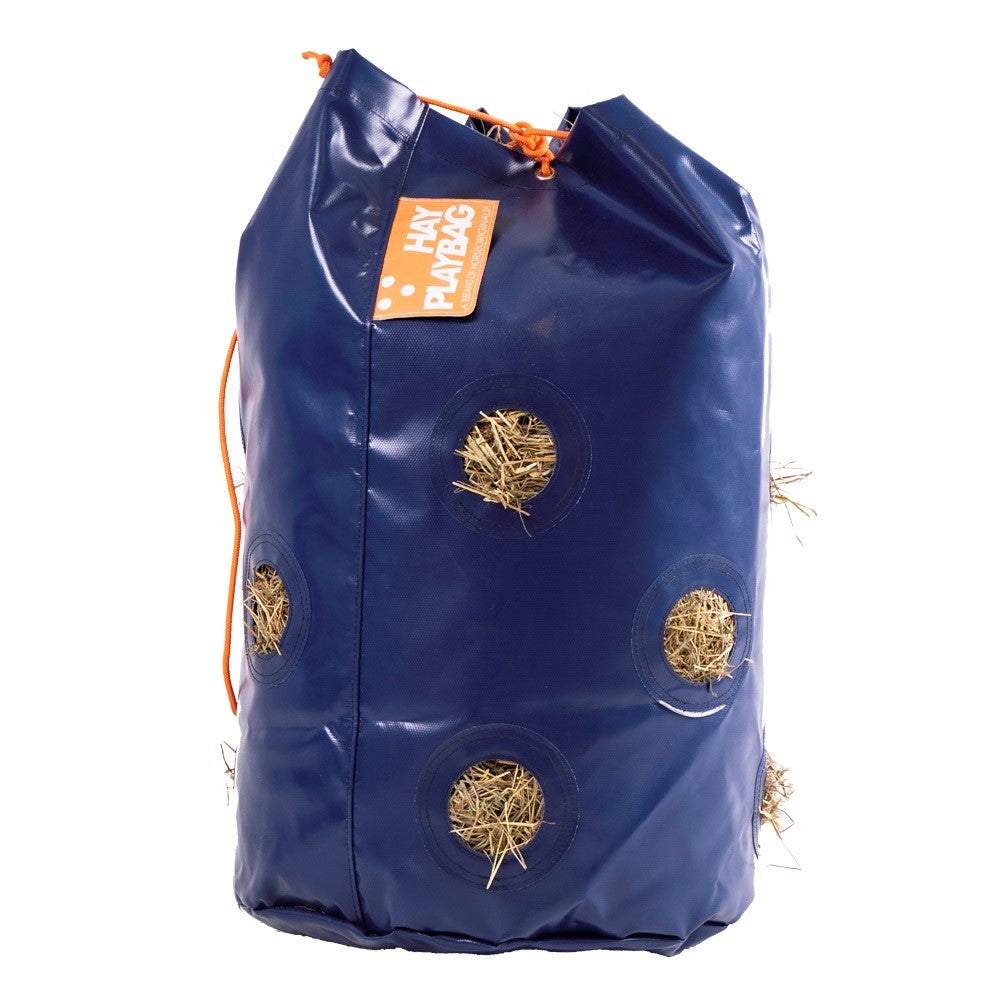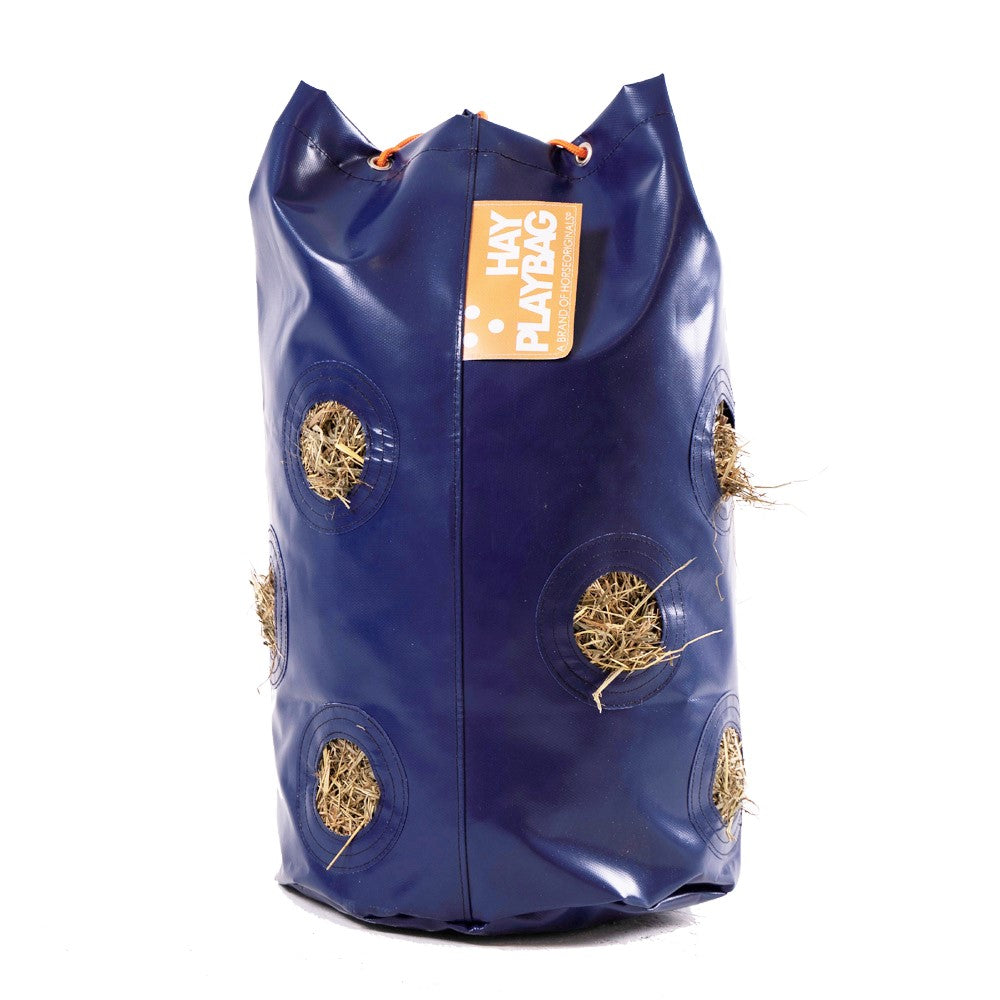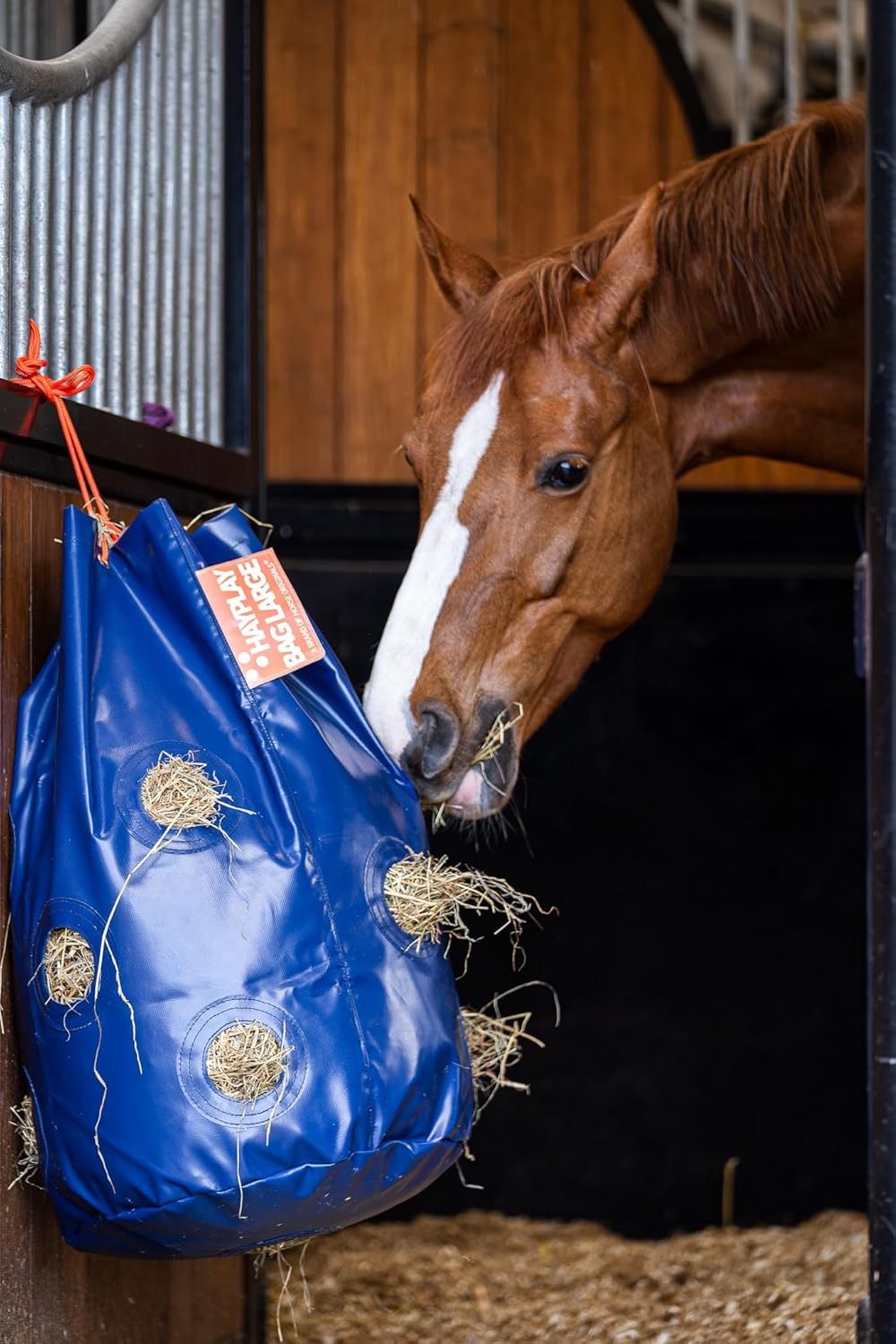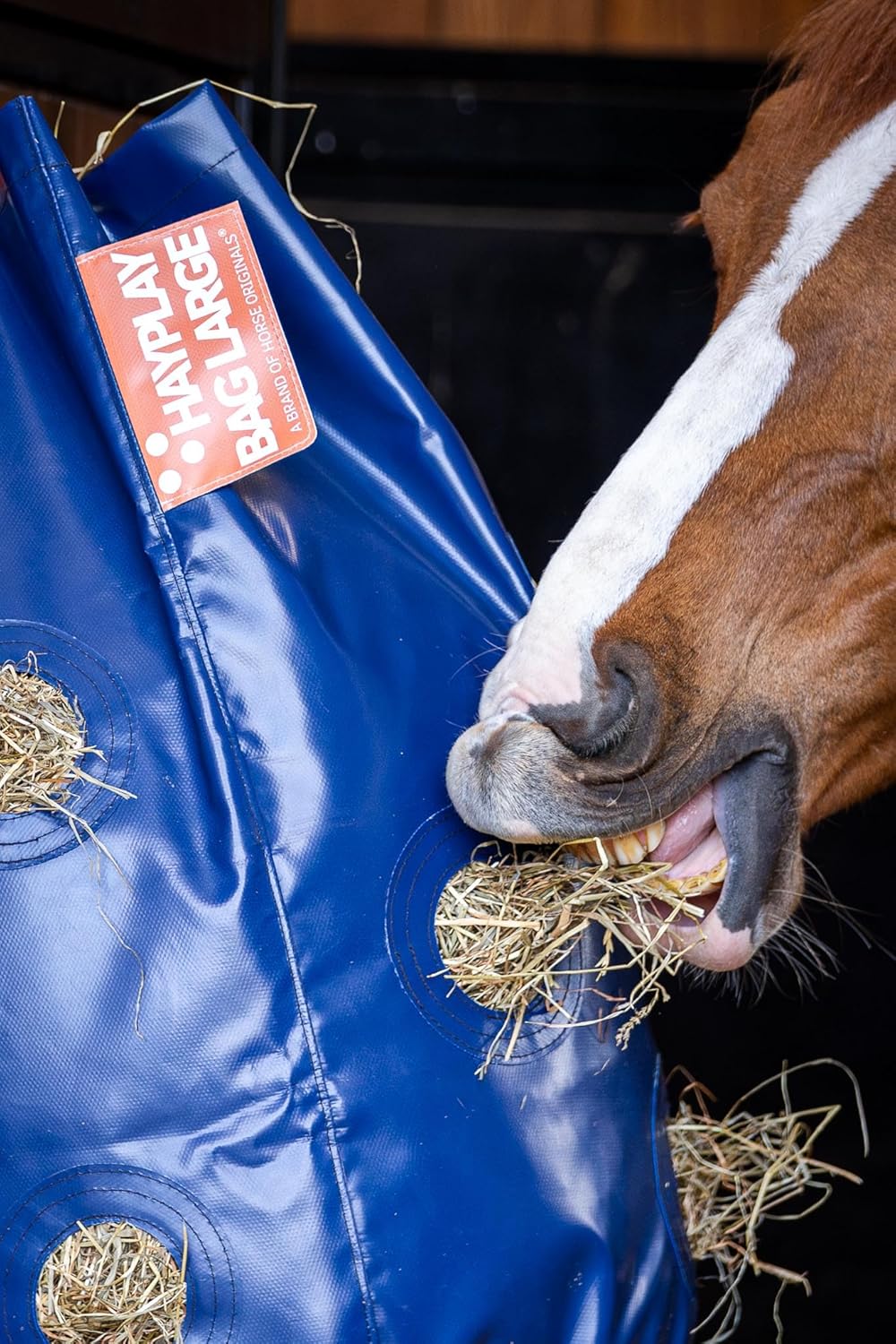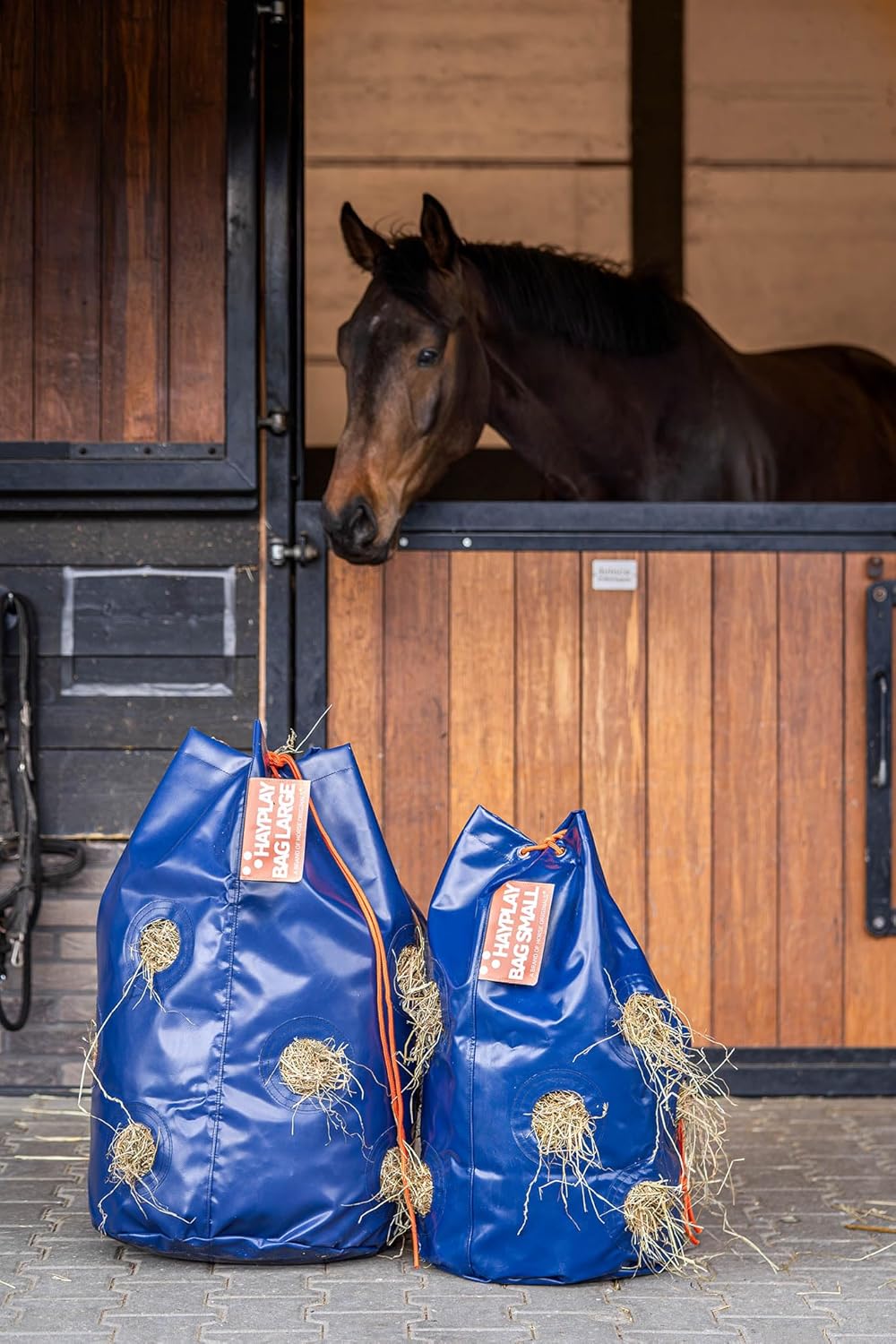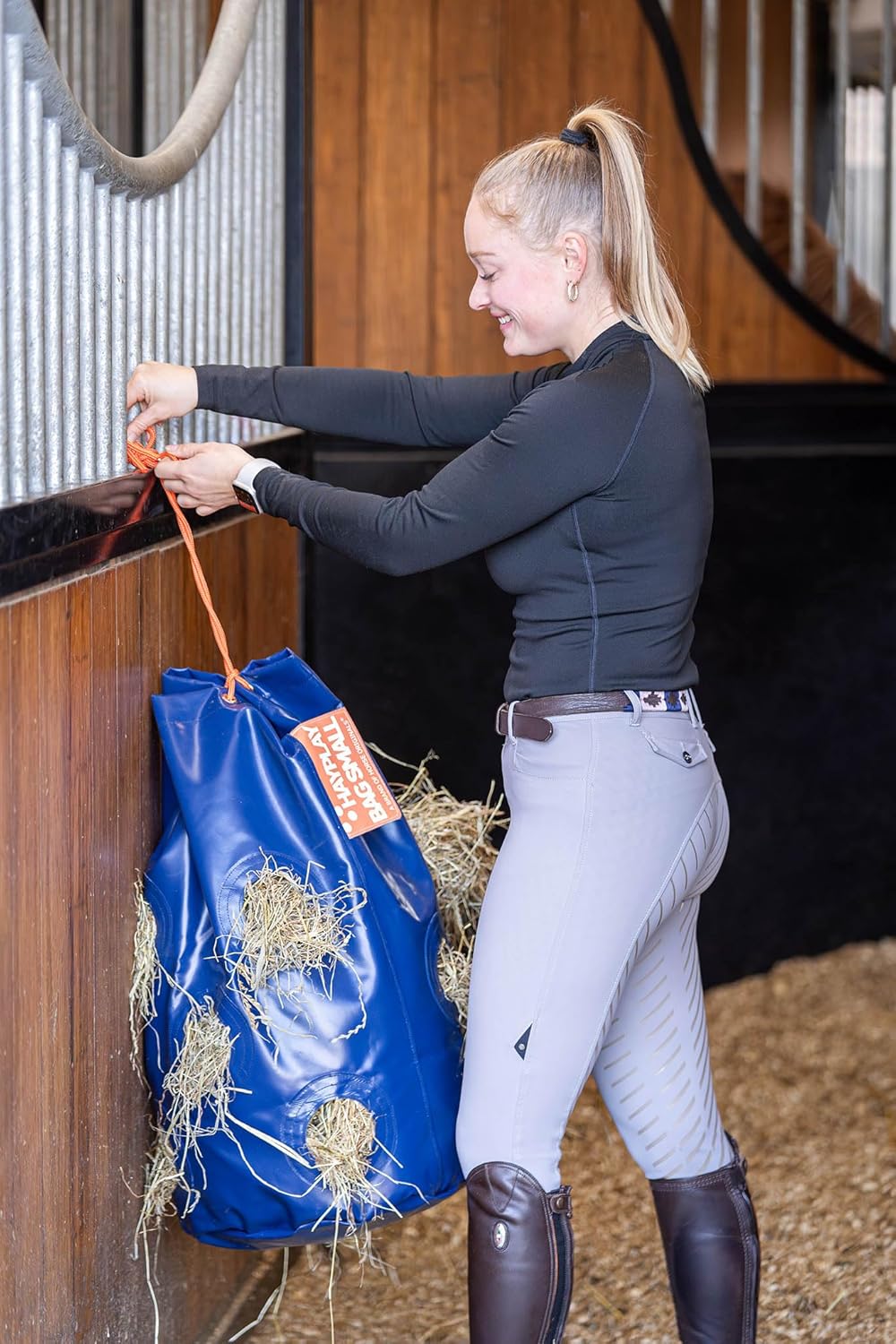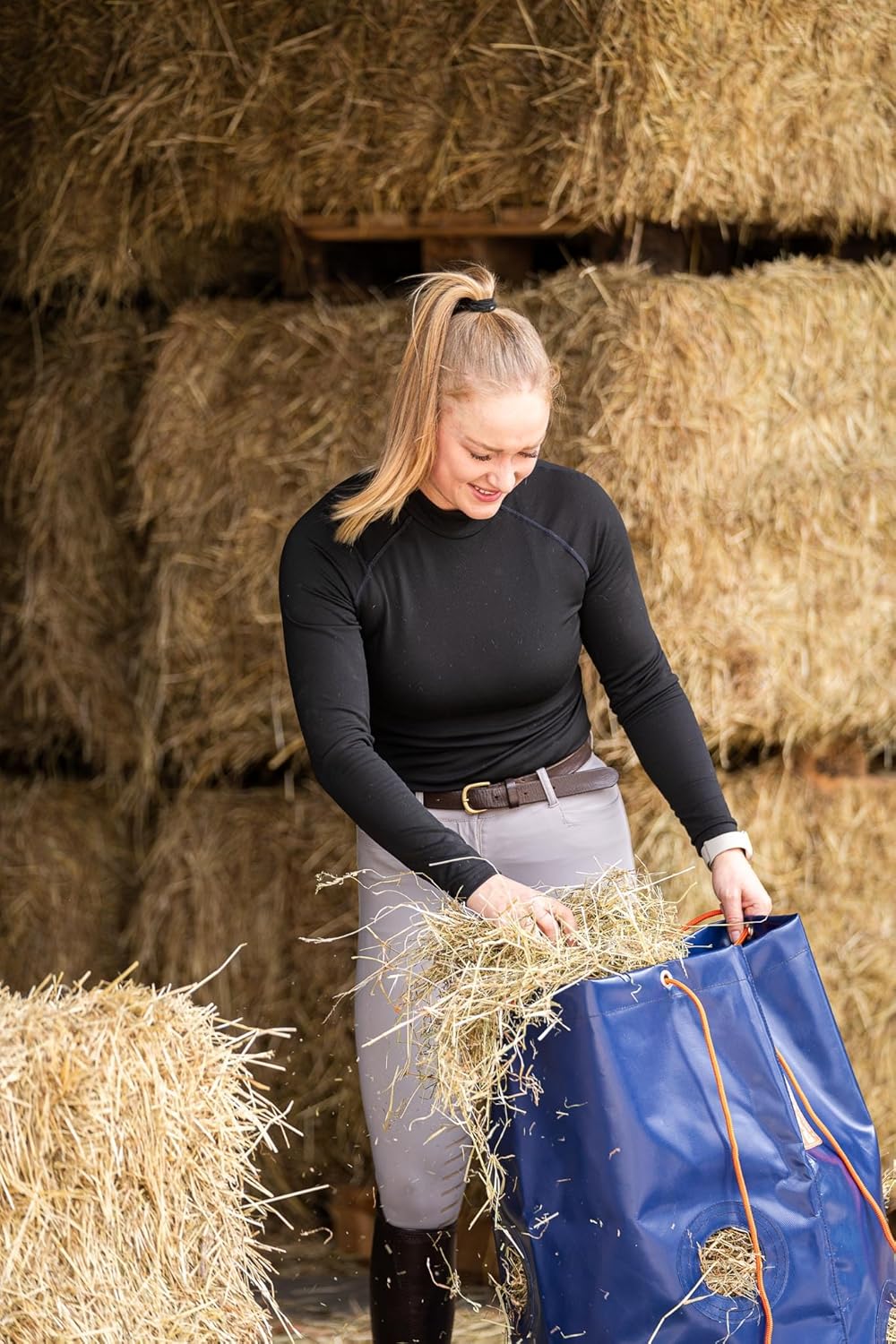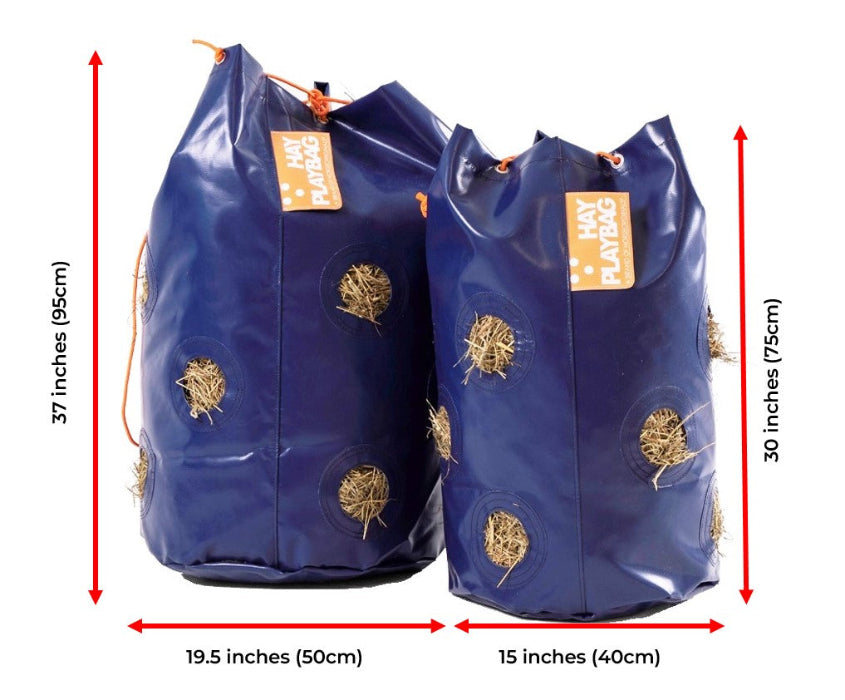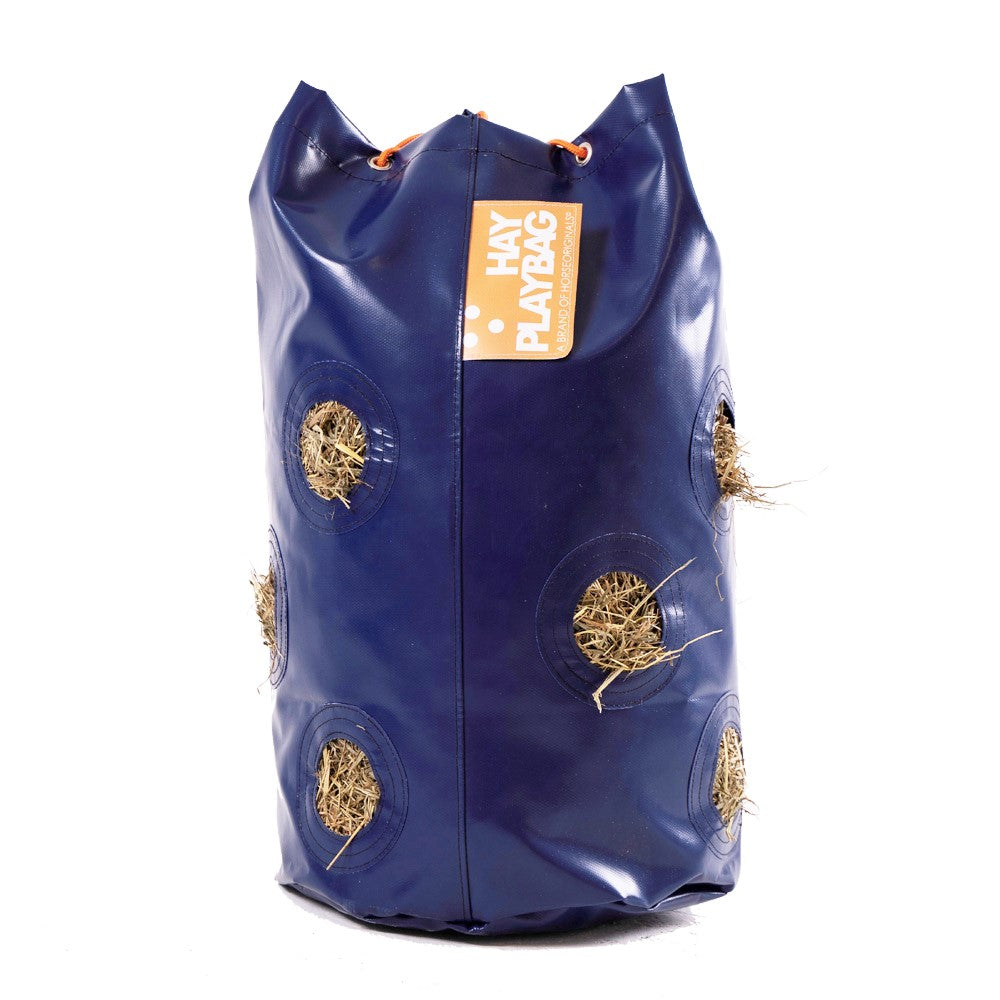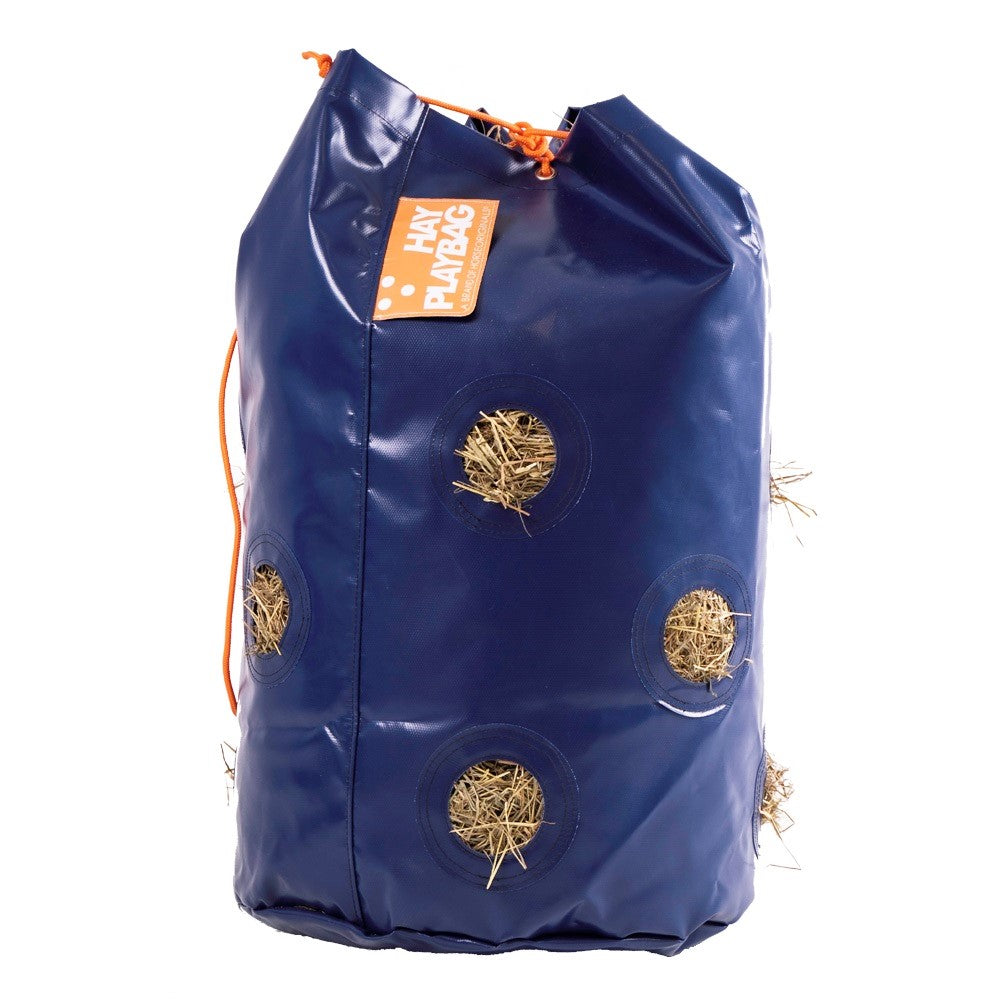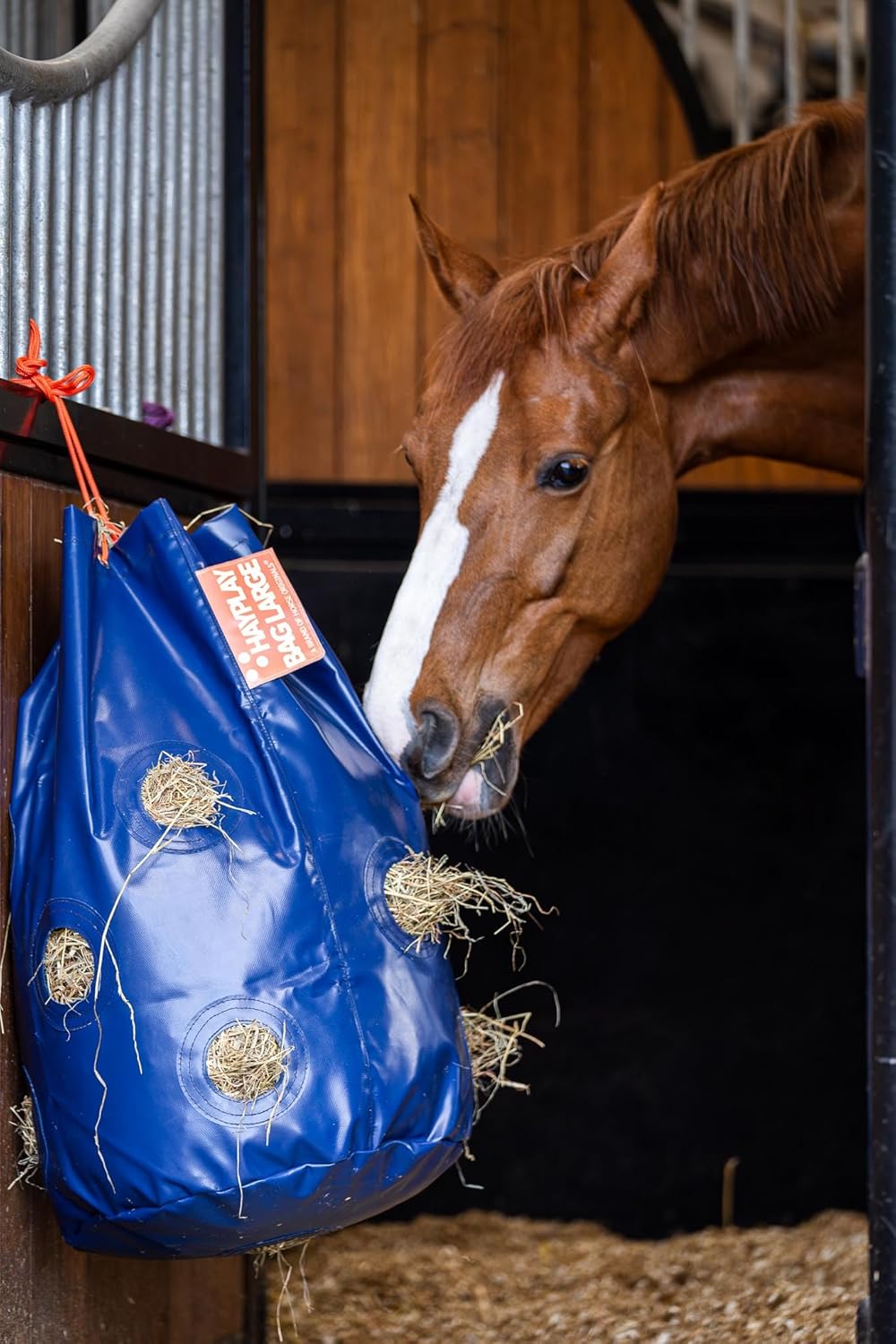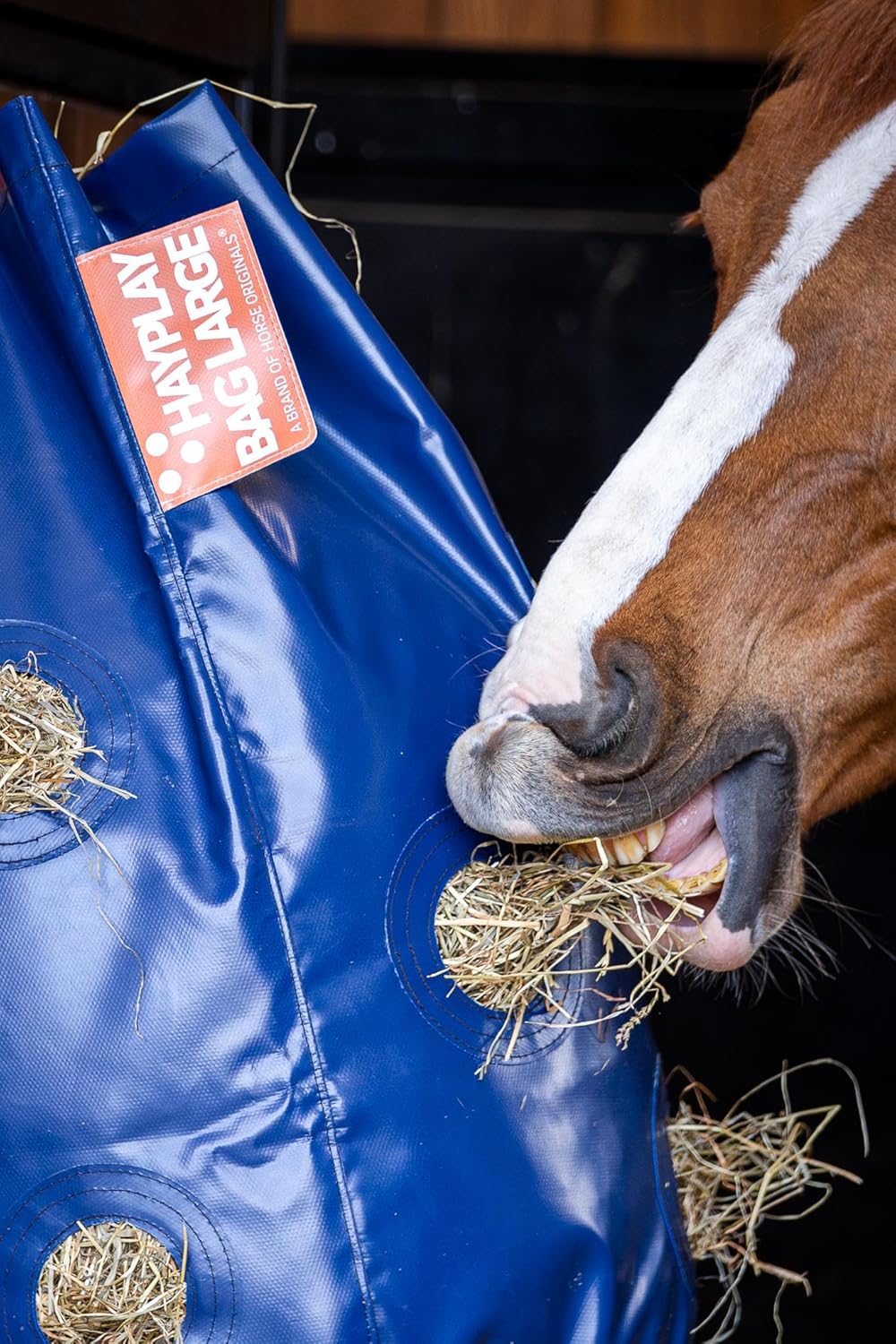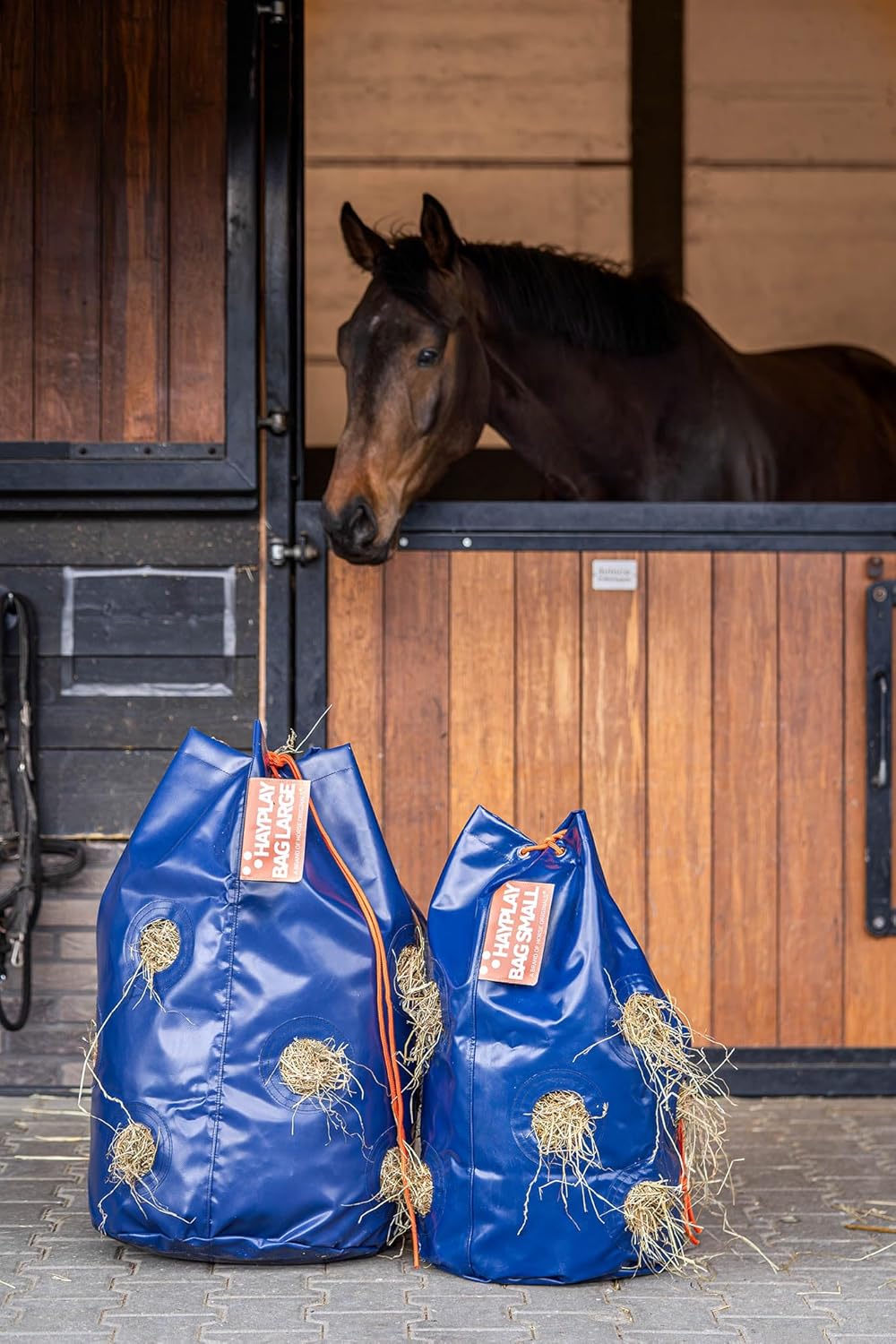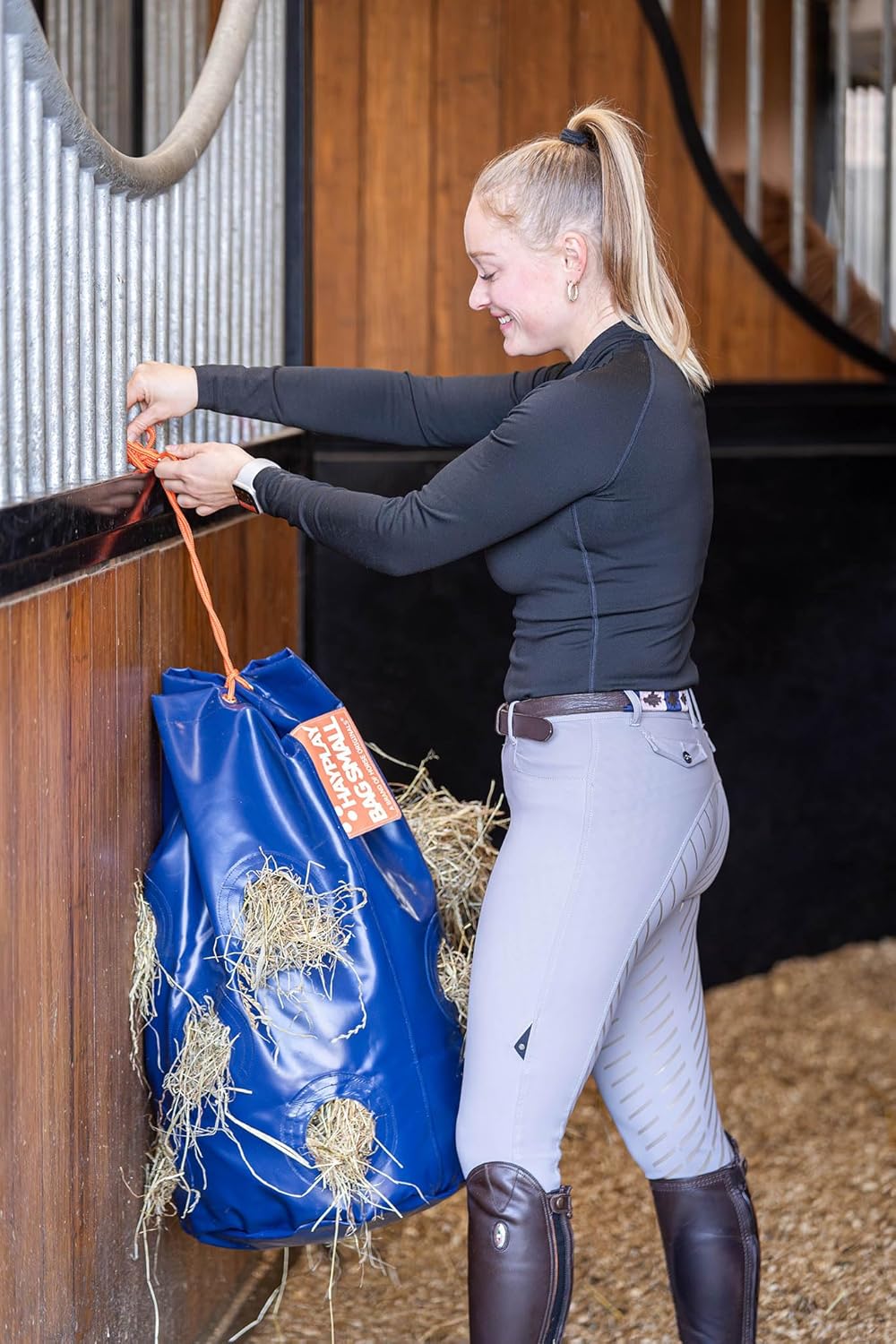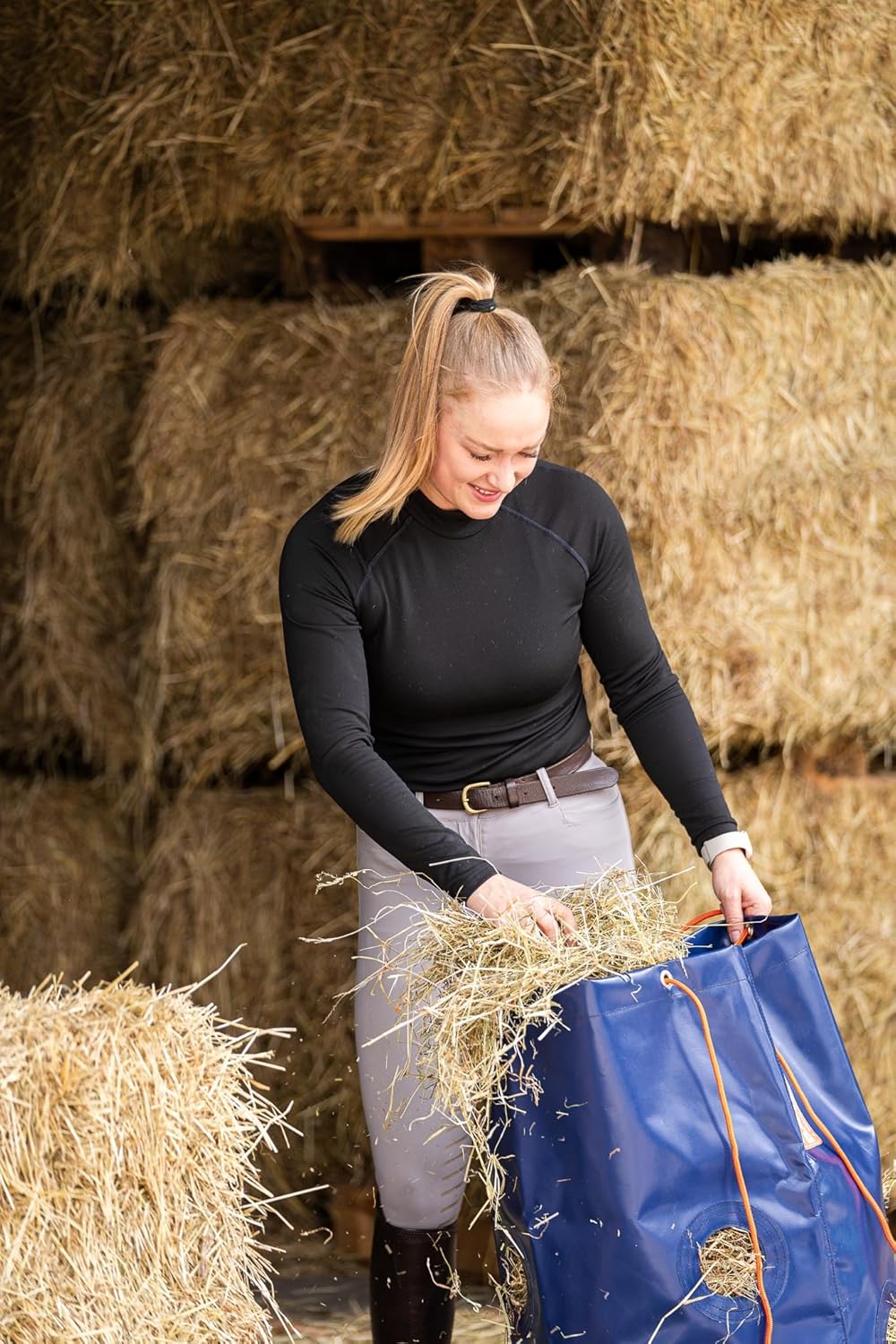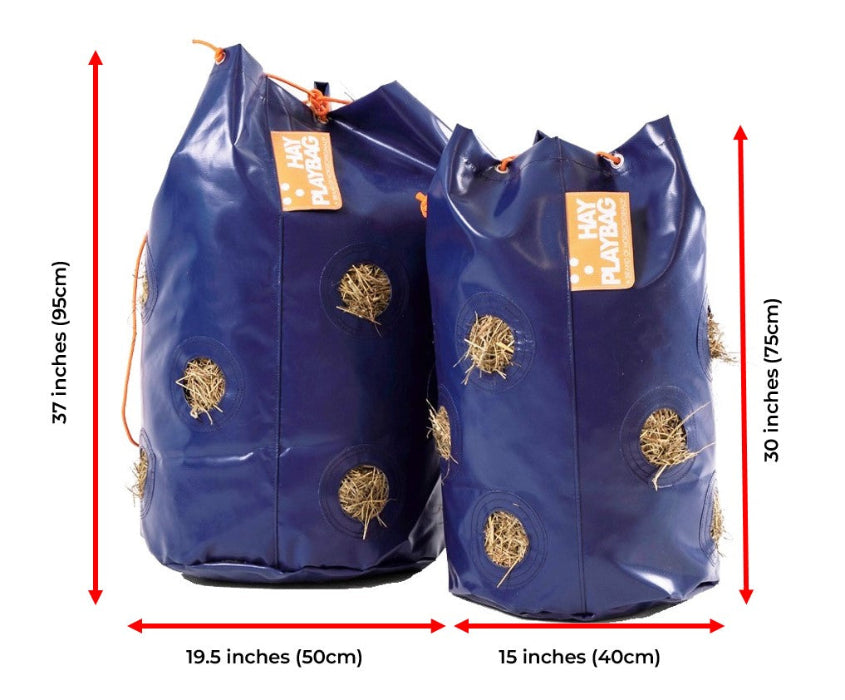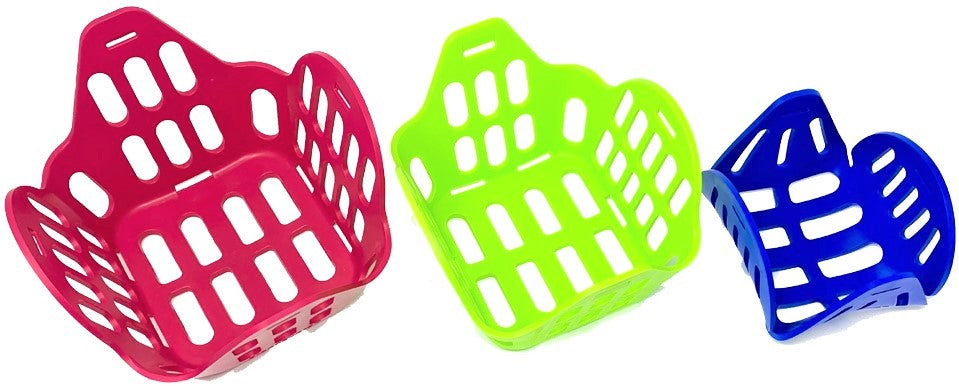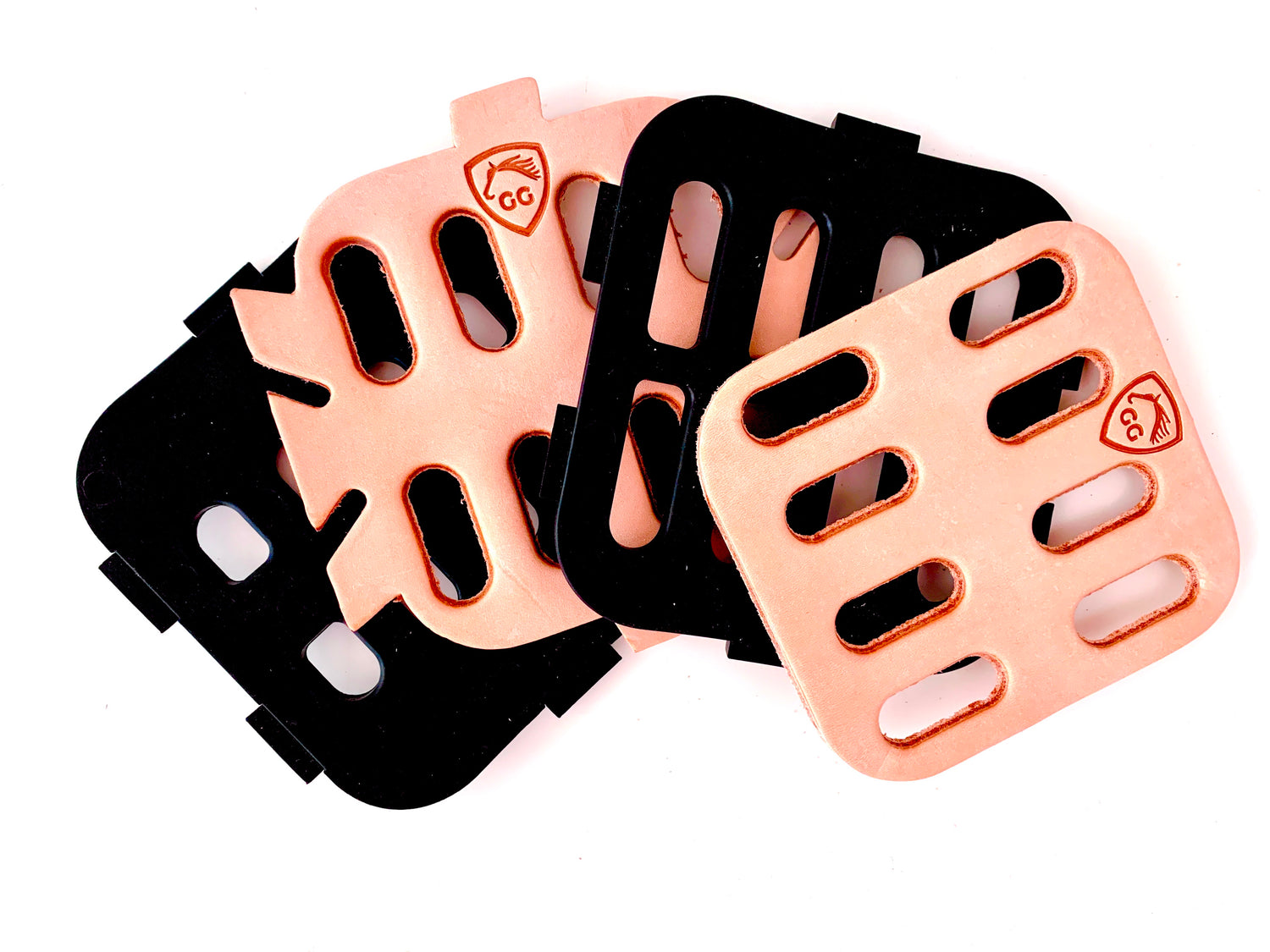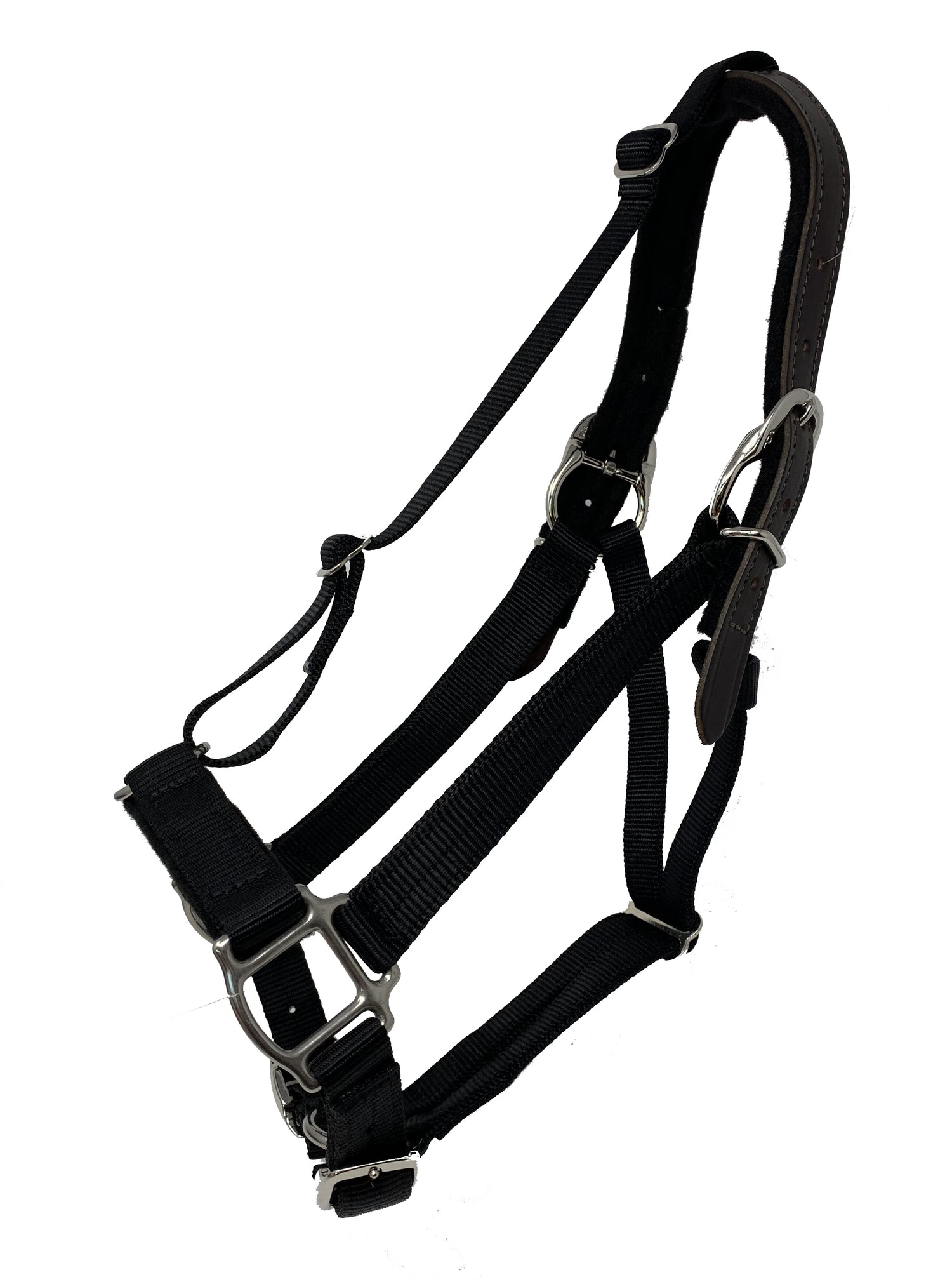Winter can mean bitter cold, ice on the ground and in water buckets, and snow interfering with footing. And then there's mud, too! There's a lot to think about when preparing your horse for winter, including:
- Body clipping options
- Hay storage and feeding practices
- Hydration and electrolytes
- Equine health care
- Hoof care and shoe maintenance
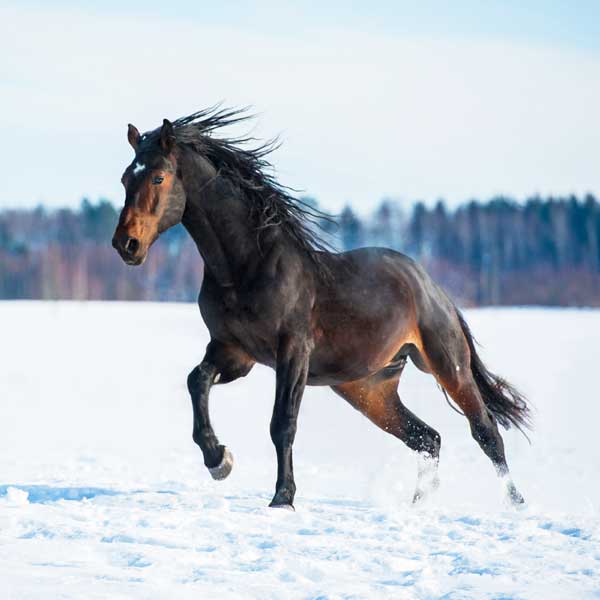
Grooming, feed, health care, and shoes: there's much to do to prepare your horse for winter!
To Clip or Not to Clip
Don't you love the feeling of whisking away fluffy hair with a clean, sharp pair of clippers? It's very satisfying to go through the process of a full-body clip and see a sleek, clean horse in the middle of winter. And let's not forget the appeal of body clipping patterns and styles. Who hasn't occasionally thought about clipping your favorite football team logo on your horse's butt before the playoffs?
But(t) before you get carried away, you should first consider your horse's exercise level, competition schedule, and hair coat before you clip.
Clip if your horse gets sweaty in the winter
Do you compete frequently in the winter months? Does your horse sweat a lot during your workouts? Does he take a long time to dry or cool down? If you answer "Yes" to these questions, your horse probably needs to be clipped. Depending on the type of workouts and the amount of showing you are doing, you may only need to do a trace clip, whereas others may require the full treatment.
If your horse gets sweaty in the winter because your horse's thick hair coat is too long for your climate, that's also a great reason to clip. Colder months are not colder everywhere.
Easy keepers and clipping
In the fall, horses naturally put on some body fat to prepare for inclement weather. By clipping in the fall, you can accomplish two things - your horse's weight becomes easier to visualize and track, and during milder weather, your horse is less likely to overheat.
Blanketing
If you body clip your horse, you'll need blankets to act as a winter coat based on weather conditions. Blanketing is a fast and easy barn chore to add to your routine, and your grooming time dealing with mud will be virtually non-existent.
Blanketing is also great for unclipped horses when their natural winter coat isn't thick enough for cold winds. Hard keepers and horses with low body condition scores benefit from both blankets and extra hay.

There are many considerations before body clipping your horse for winter.
Preparing your horse for winter - tips for feeding
No matter where you live, or how much hardcore winter weather you get, figuring out your horse's feed and forage situation for the season is not fun. But trust me, making those preparations in advance is so worthwhile. You don't want to get to midwinter and find that all your nearby suppliers are fresh from your horse's hay. It's just as frustrating when they do have it but can't deliver it because the roads are undrivable.
What constitutes the best hay for horses in winter? When shopping for hay, you want good quality hay that is green, leafy, and fresh smelling. Scrutinize it to ensure your selected hay is free of dust, mold, and weeds.
Feeding forage for gut health and body heat
Also, consider your horse's health when selecting the best type of hay. Certain grasses and, therefore, certain hays are lower in Non-structural Carbohydrates (NSC). Also, how recently was the hay cut, and will the cutting (1st or 2nd cutting) affect NSC levels as well?
Lower NSC forages are better for horses with pituitary pars intermedia dysfunction (formerly Cushing's disease) and those prone to colic, laminitis, and founder. Here's an excellent resource for understanding what types of carbohydrates are inherent to different kinds of feed.
The type of hay matters
In addition, some hay varieties might not be able to provide all the vitamins and nutrients your horse needs during the winter months. Consult with your vet on how best to provide your horse with a well-rounded diet. You may need to add supplements or grain to your horse's diet if it is insufficient.
Buying in bulk saves you money in the long run and keeps you supplied when the weather makes driving and deliveries difficult. So, how do you calculate your forage needs? The average horse needs 1- 2% of a horse's weight per day, and their feed intake may vary in winter as you notice weight gain or loss.
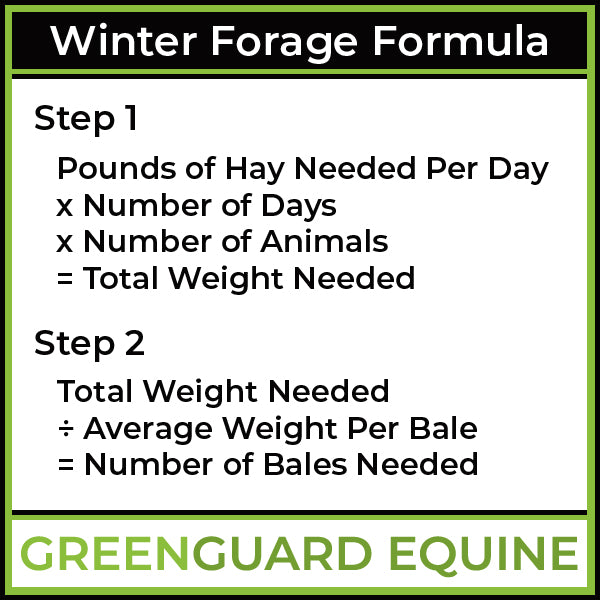
Calculation Formula:
Pounds of Hay Needed Per Day x Number of Days x Number of Animals = Total Weight Needed
Total Weight Needed ⁒ Average Weight Per Bale = Number of Bales Needed
Hay storage: the risks of wet or infested hay
Getting enough hay is one thing, but storage is just as crucial. Store your hay in a cool, dry, well-ventilated place. Cover your hay bales as best you can with a proper, waterproof tarp if not in a structure. Water is your enemy when it comes to storing hay. Wet hay is a breeding ground for bacteria, mildew, and mold. Why are these things dangerous to your horse?
Microbes
Practically every vital system in a horse's body is susceptible when they ingest wet hay that fosters bacterial or fungal growth. Horses can contract a wide variety of chronic disorders or life-threatening diseases, from digestive disorders like colic to respiratory problems like heaves. Mycotoxins, which arise when mold is present, can affect a horse's nervous system, reproductive function, kidneys, appetite, and immune system, and that's just a short list!
Pests
Another facet of hay storage is keeping it away from little pests like mice that can occasionally infiltrate the barn. Try to store it in a secure location, out of the reach of raccoons and opossums. The natural instinct of these creatures is to avoid harsh weather, which is all good and well. Still, their feces and urine can carry a very deadly neurological disease called Equine Protozoal Myeloencephalitis or EPM.
Risk of combustion
These kinds of moisture-related problems with hay are not only harmful to your horse's digestive system, but they also produce heat. This can lead to spontaneous combustion and fire in your hay storage areas.
Make feed changes slowly for horses
Finally, as with any new food source, you'll want to gradually introduce it to your horse over two weeks. Even if it is a kind of hay they've eaten before, there are distinct differences in nutrient makeup with different cuttings. The changes between the first cutting of hay and subsequent harvests in the same season can be complicated.
Hydration and salts
Dehydration is easy in the winter and can contribute to impaction colic. Horses are less likely to drink and become sensitive to the changes in winter weather.
Research tells us that horses prefer to drink cold water but will drink more warm water. Most horses also drink more when the bucket or trough is blue. Add electrolytes to your horse's diet to encourage drinking when preparing your horse for winter.
Many horses don't use salt blocks appropriately, and adding salts to rations is more effective.
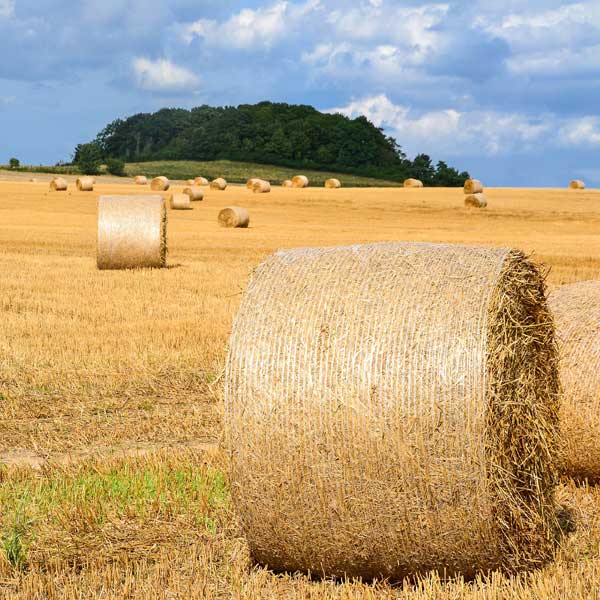
Make sure hay is kept dry in a cool, well-ventilated space during winter.
Deworming in preparation for winter
Deworming is an essential part of the healthcare routine for any farm animal. While it is true that there are fewer parasites in the wintertime, that does not mean that they disappear entirely. Depending on your local climate and ecosystem, horses may be at risk for different parasites at different times of year.
Veterinarian-recommended schedules for deworming have changed substantially over the years. What was once a schedule of many dewormers is now fecal egg counts determining a horse's parasite load. Then, your vet can decide if deworming is necessary and with what product.
Vaccinations for horse health
Yearly vaccinations should always be a top priority for horse owners. Common equine diseases vary substantially in different parts of the world and even in different parts of the United States. Your vet is the best source of information about what vaccines your horse needs.
Botulism
Of particular interest is botulism, which can be deadly to horses. Small vermin sometimes get caught in the machinery during round bale harvesting, and their innards provide the perfect breeding ground for the botulism neurotoxin. Botulism is most commonly seen with round bales of hay, and your vet might strongly recommend vaccinating your horse for botulism if you use them.
Strangles
If you travel to different places with your horse, ensure they are up-to-date on their vaccination for Equine Strangles. As you probably know, Strangles is highly contagious and caused by a tough and persistent bacterium. A horse who is not symptomatic can carry and spread the bacteria for quite a long time. Make time to talk to your veterinarian about what is right for your horse and when booster vaccines are needed.
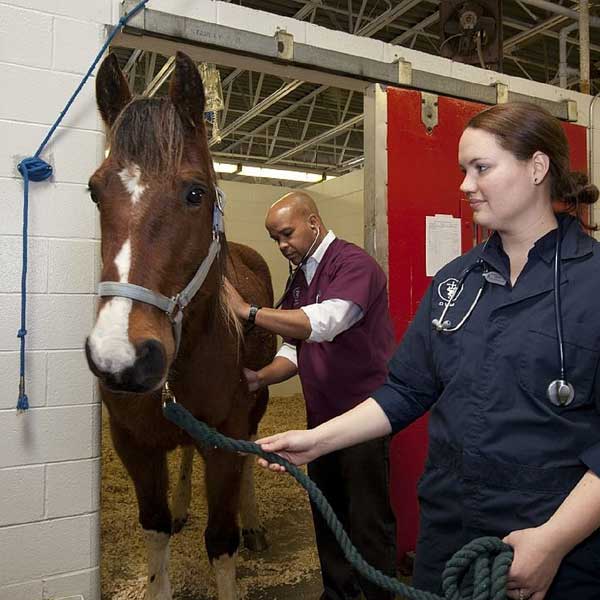
Consult with your equine vet to learn which vaccines are most necessary for your horse.
Horseshoes or barefoot hooves?
Hoof care is one of my least favorite parts about winter horse care. Ice balls forming in your horse's hooves can cause many issues, from imbalance and slipping to soreness and beyond.
Although they usually don't have to contend with ice balls like shod horses, barefoot horses may struggle as their feet can bruise on hard, frozen ground. Whether shod or unshod, most horses' feet are more susceptible to abscesses and thrush in the winter.
Pulling shoes for winter
More than any other facet of preparing your horse for winter, whether or not to pull your horse's shoes is really up to you as the horse owner. You know best the quality of ground your horse will tread, along with your horse's individual needs and tendencies. Farrier care is unique to your horse, so consult with your vet and farrier for the best plan.
What are the best barn management tips for horses in winter?
Prepare your horse for winter means shelter, ample forage, clipping, and blanketing if necessary, and paying extra attention to your horse's hooves and hydration. Keep your horse moving with exercise and turnout, and spend extra time grooming their winter coat.





